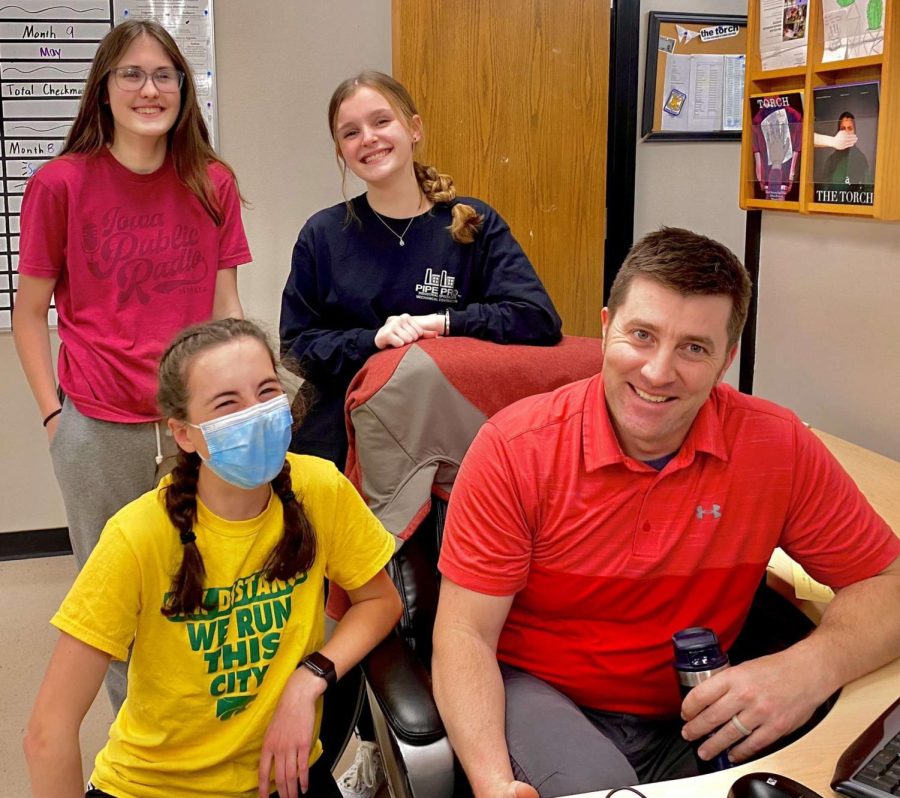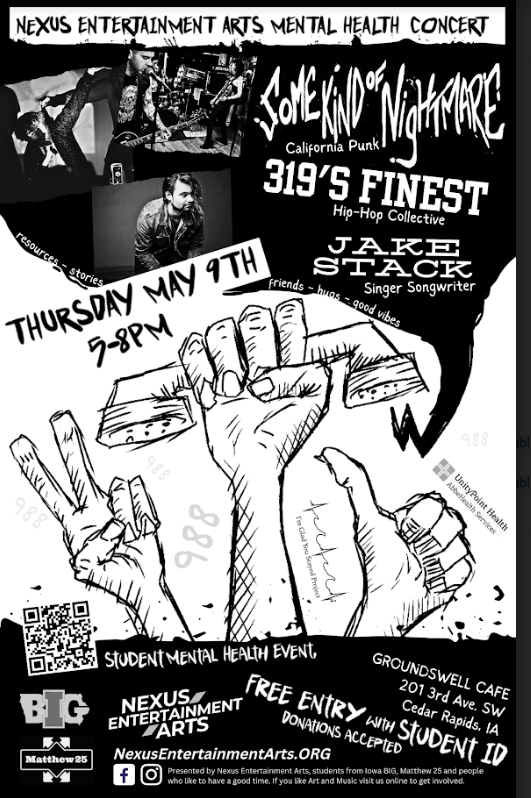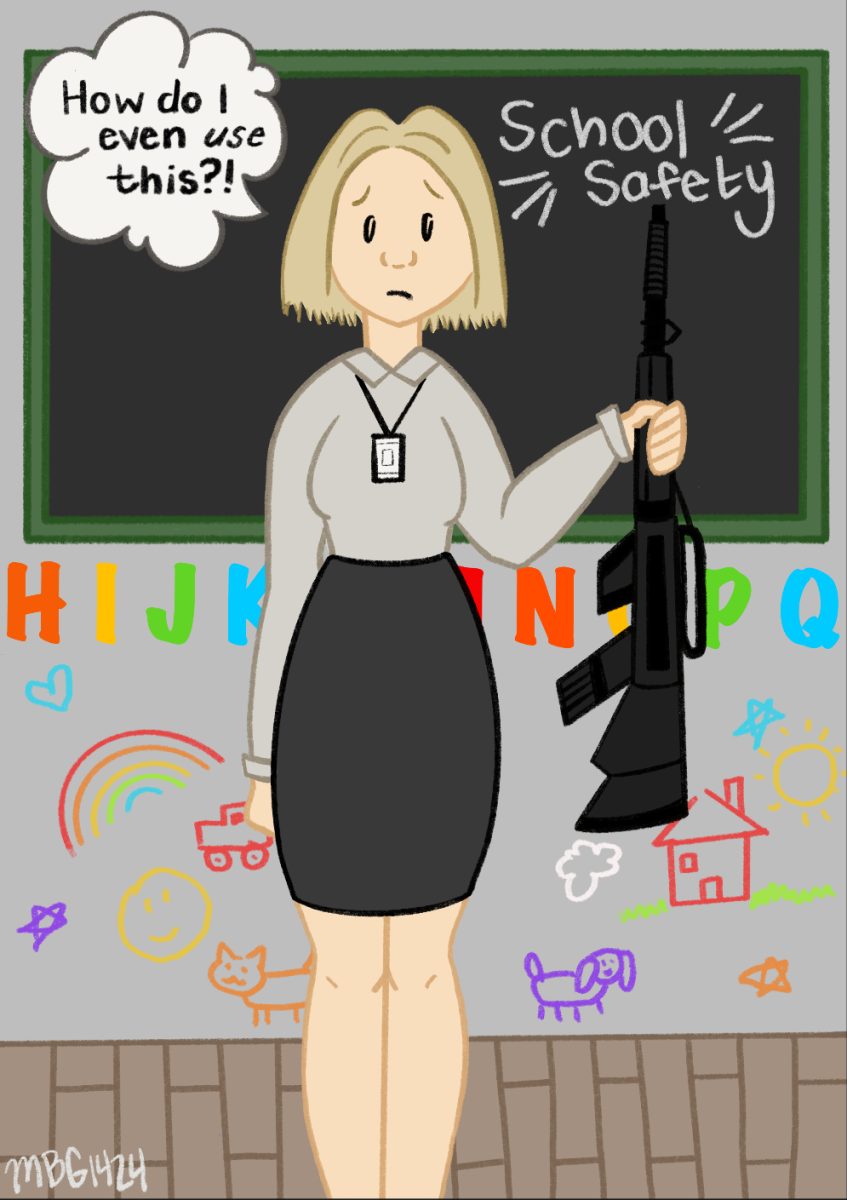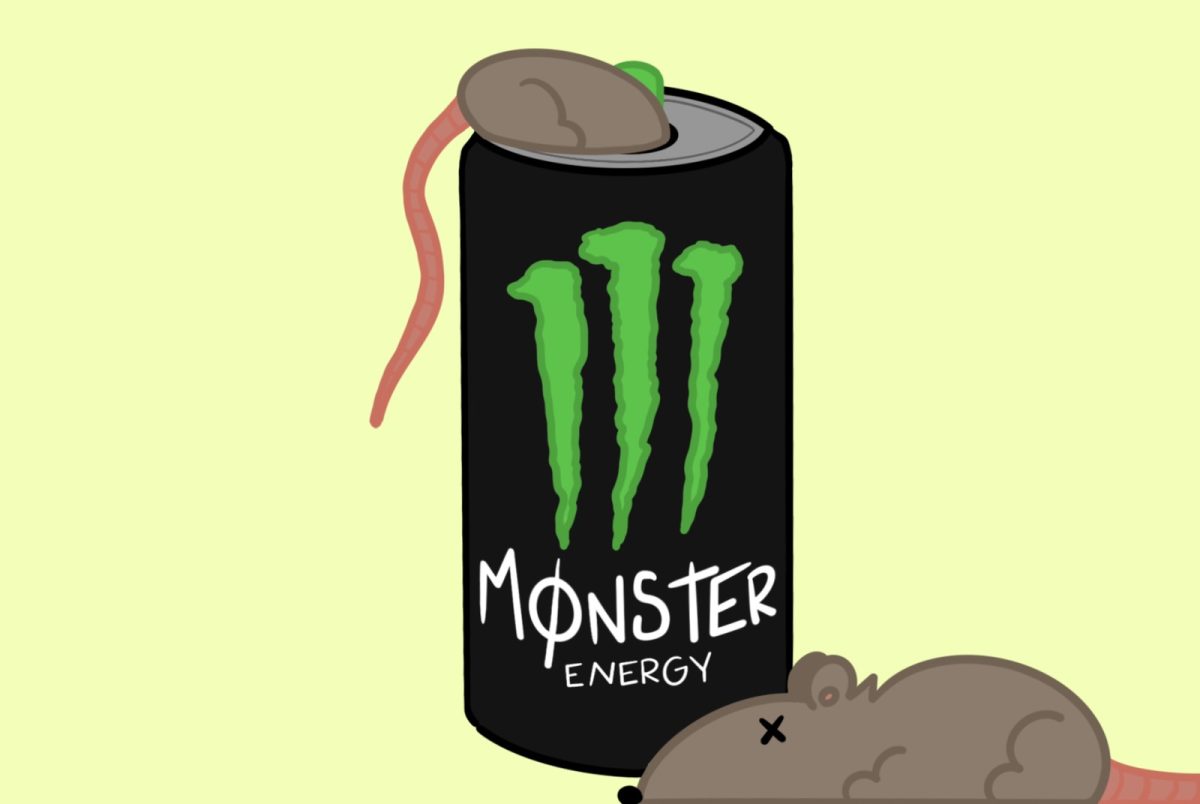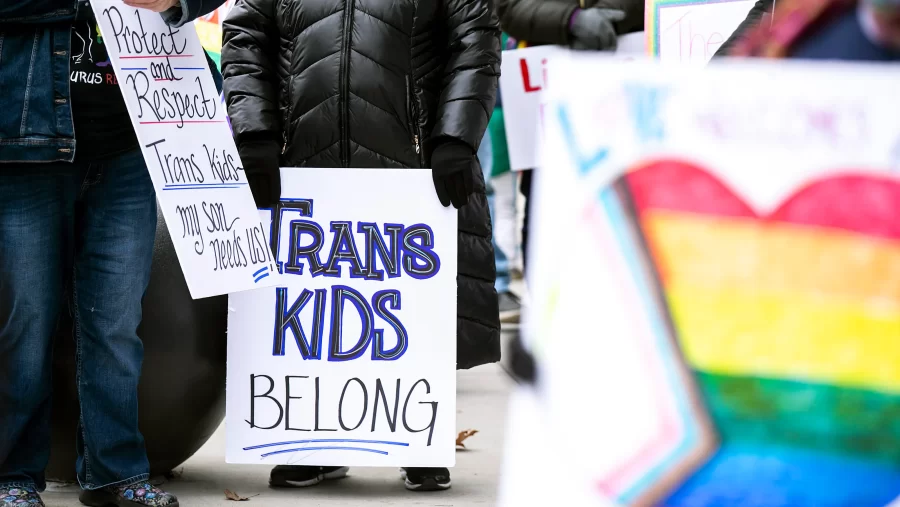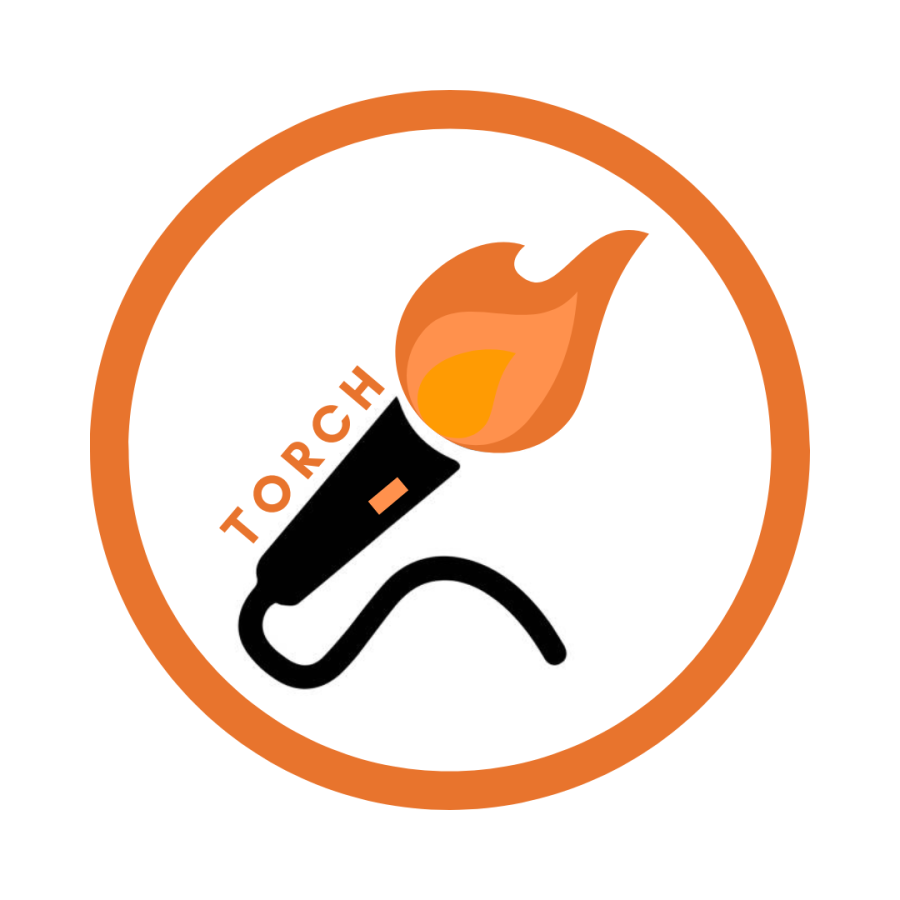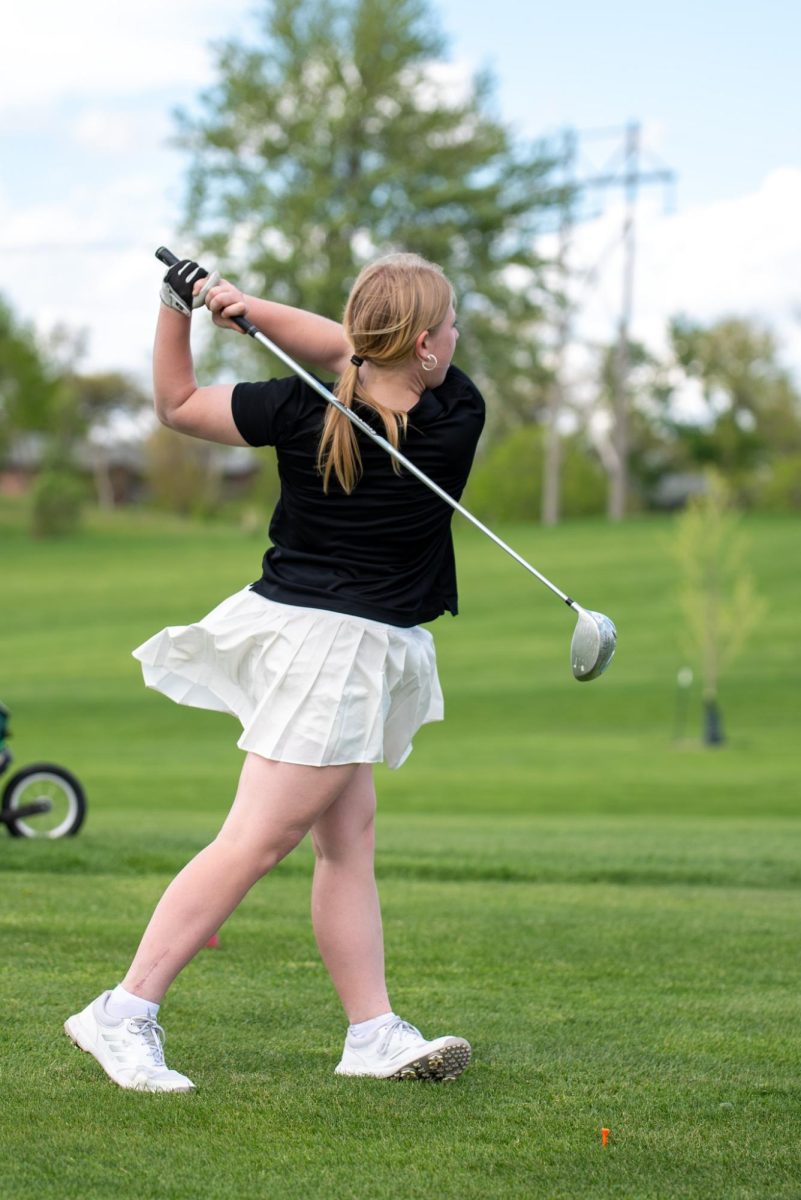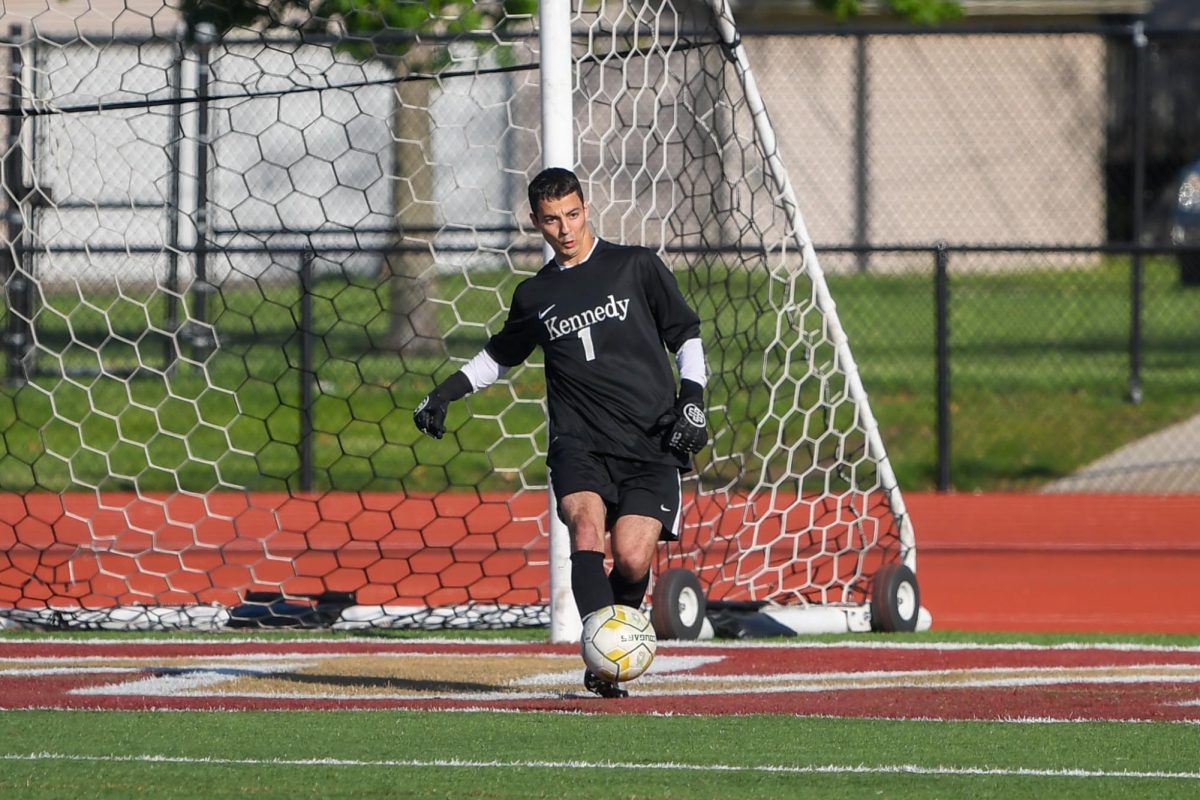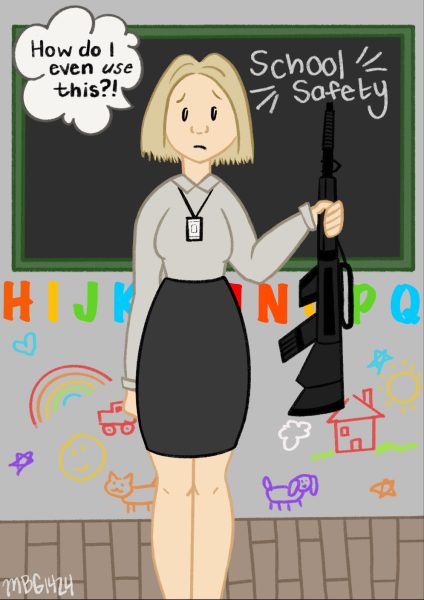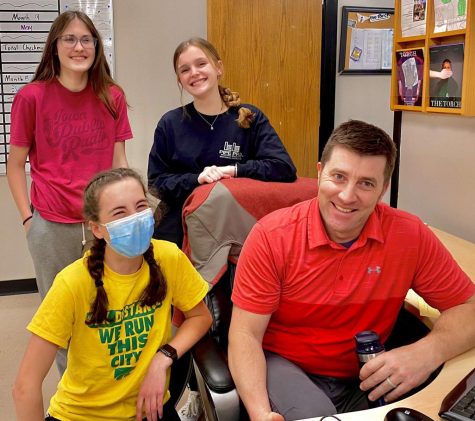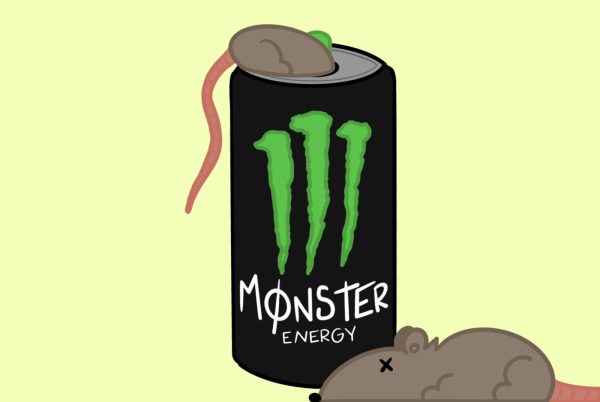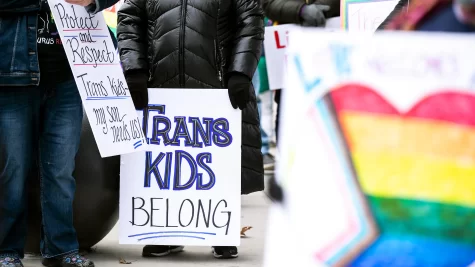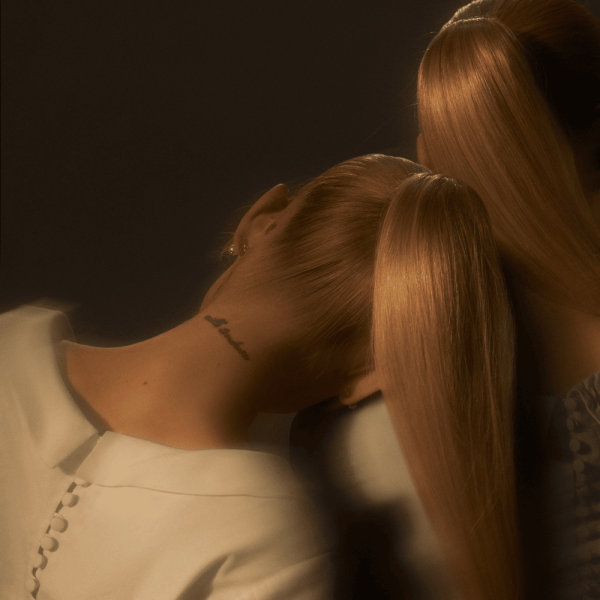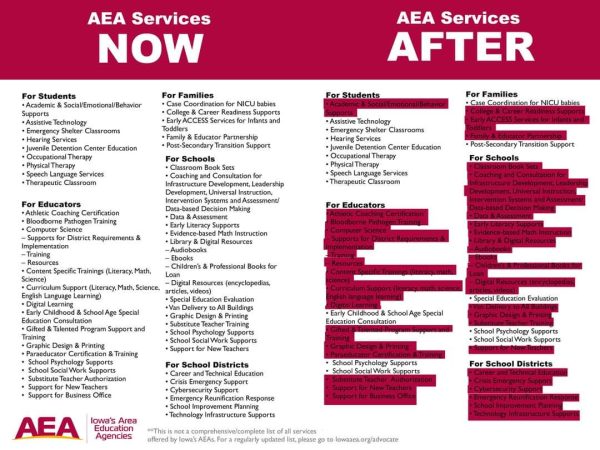The Battle Known As Seasonal Depression
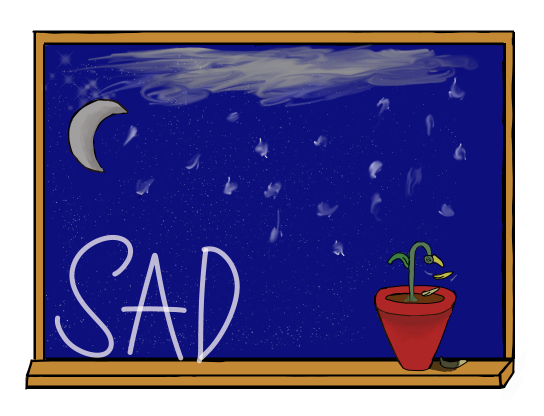
SAD affects around 3% of the population, and can occur during any season.
Those suffering with Seasonal Affective Disorder (SAD), better known as seasonal depression still face the repercussions of the winter season, myself included. While the warmer months are ahead, its effects linger.
SAD often begins in late fall and can last until early spring. Symptoms such as sleep insomnia, appetite change, loss of interest and solitude mark the beginning of the battle.The list goes on. It’s similar to major depressive disorder.
There’s this feeling that it never goes away. It can hit like a sack of bricks. One day you’re on top of the world, next you’re at the very bottom wondering how you’ll get up again.
I’ve been at the bottom since September. The days got darker, shorter and more pointless to wake up to. I lost motivation to excel in life, to look forward to anything. The thrill of doing the things I once loved left, replaced by dread.
“An analogy for depression is…everyone gets fifty spoons a day representing their energy. For someone not suffering from depression, your whole morning routine might only take one spoon. Going to school is three spoons,” said Dana Melone, AP Psychology teacher. “People suffering from depression, the idea is that every single task requires a spoon. Normal everyday things take so much more energy to complete when you’re dealing with depression,”
The first few weeks of this I assumed it was nothing more than a mood swing. I denied the signs of seasonal depression. I believed if I acknowledged it, I was admitting I was weak. Months dragged by, and I had no idea when or if it would end.
Every week was more draining than the next, leaving such an empty feeling. Simple tasks were almost impossible to perform. I sacrificed countless hours of sleep asking, ‘What is wrong with me?’
Isolation was my new best friend; limiting time with my family and friends was my one goal. I thought they wouldn’t understand why I felt this way—I hardly knew why myself. I spiraled out of control, and still am. I exaggerate minor issues I used to not give the time of day. I wasn’t myself anymore, nothing felt right.
It wasn’t until January that I finally spoke about it with a doctor. After months of hopelessness and doubt, the same question ‘What is wrong with me?’ had a definitive answer: I was seasonally depressed.
I was now a part of a statistic, the 5% of Americans that suffer from SAD. Did I amount to only a number now?
“There are a wide range of symptoms that constitute depression, oftentimes the difference is people don’t always realize that’s what’s going on because at other times of the year they don’t feel that way,” Melone said.
I assumed it was my fault for being this way, that somehow I let SAD be a part of my life on purpose. All I wanted was to stop feeling this way. To wake up and enjoy the day ahead, not despise it. Or to embrace the ones in my life, not shove them away. I wanted to feel like I mattered.
I would give anything to get rid of my seasonal depression. Countless years of my life have been spent in this cycle. Shutting down in the fall through winter, and spending the spring preparing for summertime’s dread of the inevitable depression to come.
Of course, there are treatments available to those who need it. Many of which are medication, light treatments to stimulate sunlight, therapy and self care. Yet it’s more or less a battle to let myself get help. I instead try to shove the problem at hand down and pretend it doesn’t matter.
“People worry that it won’t be taken as seriously as a medical condition, they’re afraid of being vulnerable…we’ve come a long way, but I still think there is some stigma around it,” Melone said.
As springtime approaches, I can feel the weight off my shoulders from the repercussions of winter. I breathe a little easier now. Waking up isn’t as awful, and it takes just a little less energy to get through the day. Hopefully one day, I’ll learn to coexist with SAD in a healthier way. As for now, I know this phase of relief and recovery won’t last forever. But at the moment, I couldn’t be more grateful for it.
Your donation will support the student journalists of Kennedy High School - IA. Your contribution will go towards the purchase of a new lens for our photographers.

Hey, I’m Rowan! Currently, I’m a senior at Kennedy and this is my second year as a writer in Torch. Outside of class, I’m involved in construction,...

Hello there! I'm Jordan Horne and I'm a sophomore. This is my first year of Torch and I am a writer. Other than Torch, I am involved with show choir and...

